
Laboratory Animals
Laboratory Animals
Animals used to study genetics and evolution have characteristics that make it easier to study changes within families and even in a larger population over time.
Learning Outcome: List the characteristics of animal species that make them likely to be used as laboratory animals, including care and ethical concerns.


Animals have been used for experimentation for thousands of years. Early records indicate that animals were used to test potentially toxic plants.
In the past century, new product testing and regulations were expanded. Animals and animal cell cultures are used extensively to test new medications, cosmetics, and procedures.
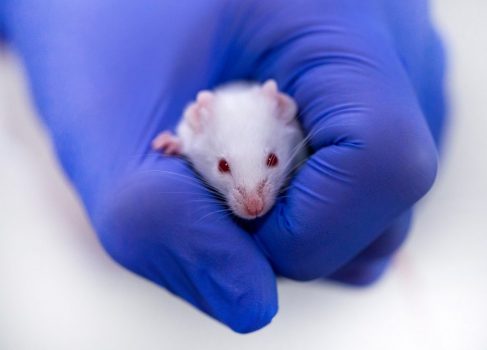
Animals commonly used in medical and cosmetic research
These animals have similar skins and other organs to humans, as well as small size and inexpensive herbivorous diets.
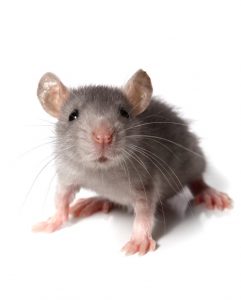
Mice
Mice are small, eat inexpensive foods, mature quickly, and produce large numbers of offspring.
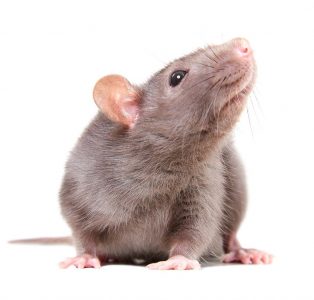
Rats
Rats have a larger size and different behaviors than mice, which are advantages for some studies, but a disadvantage for housing.
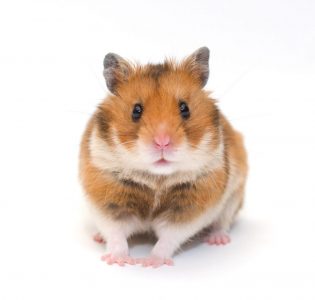
Hamsters
Used in neurological/pain and infectious disease research as models with similarities to human systems.
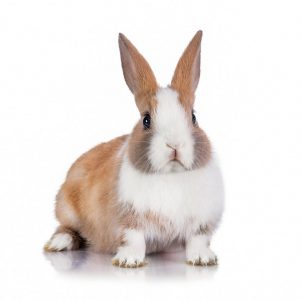
Rabbits
Used in part due to their large size, rabbits are docile and can be used in experiments that require restraint.
When most people think of laboratory animals, they think of the guinea pig. Their use in research has dropped to approximately 24% of the total research animals in the U.S., in part due to increased use of mice.
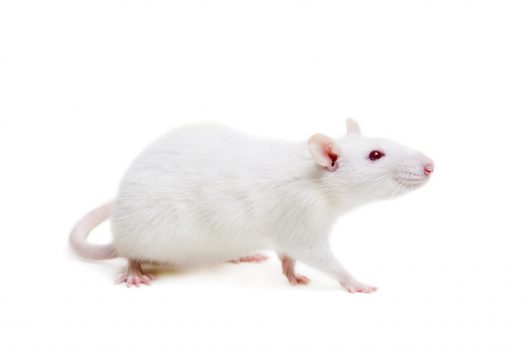
Artificial selection is used to produce lines/strains of laboratory animals that have desired characteristics, including docile behaviors. In some cases mutations are augmented, producing animals that have suppressed immune systems or specific diseases.
Even mice can have difficulty in confined uniform spaces, and most lab facilities would not have augmented cages like this pet store.
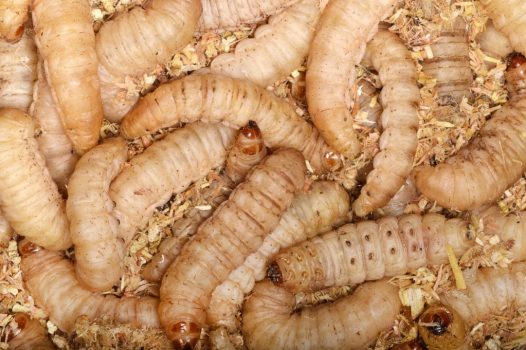
With an increase in regulation of laboratory animals in the European Union, non-vertebrate animals are being explored for use to replace current lab species.
The greater wax moth, Galleria mellonella, is now used as a model animal to study bacterial and fungal infections.
Laboratory animals can impact the career of scientists. An example of this is the impact of fruit flies on the research of Noble Prize winner Thomas Hunt Morgan.
Lab animals (and plants) have revealed genetic complexities that go beyond Mendel’s laws of inheritance.
In order to model the complex traits humans possess, including non-mendelian traits, mammals are used extensively as lab animals.
The use of animals in laboratory research brings up ethical conflicts that are introduced in this video.
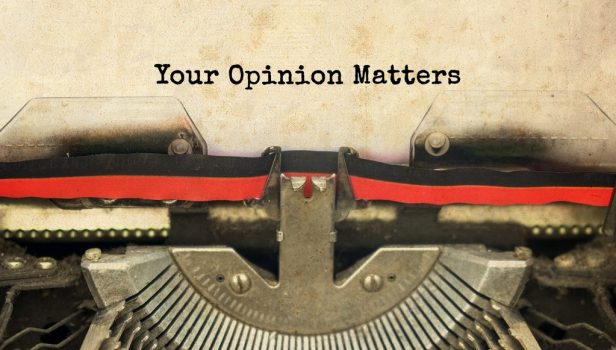
Laboratory animals have played a significant role in science, but there are clearly ethical considerations associated with using animals in pain-inducing or fatal research protocols.
You will have an opportunity to write an opinion piece about the use of animals in research and other topics in module #10 of the course, as one of the final pieces that can go into the portfolio.
The next section revisits epigenetics; chemicals attaching to DNA and altering the way it functions.











